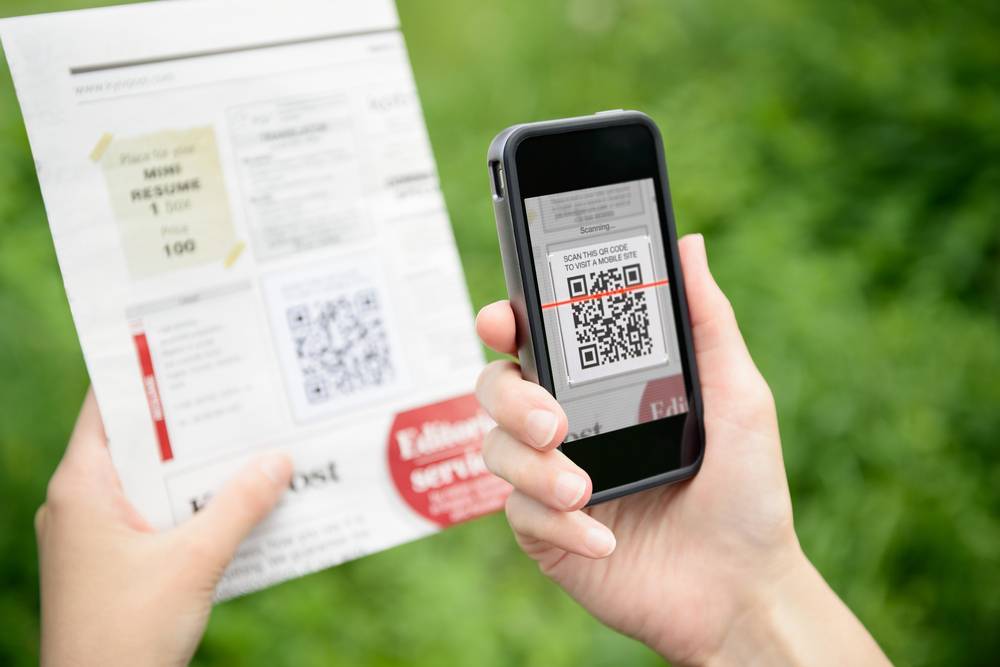The new eInvoicing system is taking all the edge with a revolutionary way of reporting invoices. The QR code will be used to provide information on specific invoices in a timely manner, without any need for retrieving data from external sources.
The eInvoice QR code app will cater to the following needs:
- Help increase the efficiency of performing commerce through machines to capture data incorporated in invoices for fast and accurate input.
- Allow indirect tax officers to identify whether an invoice is valid and carry all relevant specifications with handheld devices, especially when you’re out on the field.
- Once the Invoice Registration Portal (IRP) returns the eInvoice to the supplier after generating a QR code, a supplier can only use the QR code to generate a PDF file of a signed eInvoice.
Information Contained within QR Code
QR code stands for Quick Response Code, which is a two-dimensional barcode applicable for certain items to present information in a machine-readable format. It will be created depending on various parameters:
- GSTIN of the supplier
- GSTIN of the recipient
- The invoice number is given by the supplier
- Invoice value
- Date of invoice generation
- Number of line items
- HSN code of important items
- Unique invoice reference number
Applicability of QR Code in B2B GST eInvoice
Suppliers having aggregate turnover in the preceding financial year, exceeding 20 Cr. shall have a QR code displayed on B2B invoices, easily available through a digital display. For eInvoice applicability, JSON of the invoice is needed to upload onto IRP for generating IRN. Once IRN is generated successfully, IRP enables attaching digital signatures and QR codes to the JSON.
Why Add QR Code to an Invoice?
CBIC has made the eInvoicing concept compulsory for taxpayers and businesses that have an aggregate annual turnover of over 20 Cr. As per rules, taxpayers need to generate invoices following the eInvoice schema on internal systems and upload them on IRP for further validation.
IRP will verify the information on invoices and then, digitally sign the invoice and share the eInvoice with IRN and QR code with the taxpayer. Taxpayers can scan the QR code to authenticate the validity of the invoice and if the correct QR code isn’t included in the final invoice, it will be considered invalid. So, keep these key aspects in mind to avoid heavy penalties and manage tax compliance.
Final Words
A digitally signed QR code contains particular invoice data and further validates the final invoice. It is worth noting that companies using eInvoicing systems can reap maximum benefits by bringing in automation and process efficiency in internal business processes.
The eInvoice QR code has made its way through B2B invoices and will be unique for each invoice. You can get started with an e-Invoice GSP portal like TaxPro GSP to integrate an advanced eInvoicing solution within your existing accounting, billing, or ERP system and seamlessly generate IRN without interrupting your current business operations.

